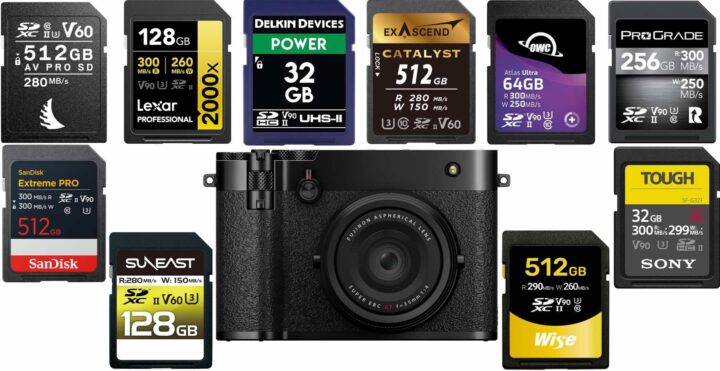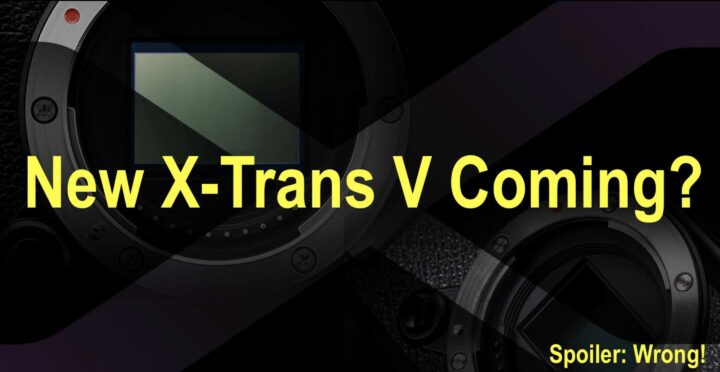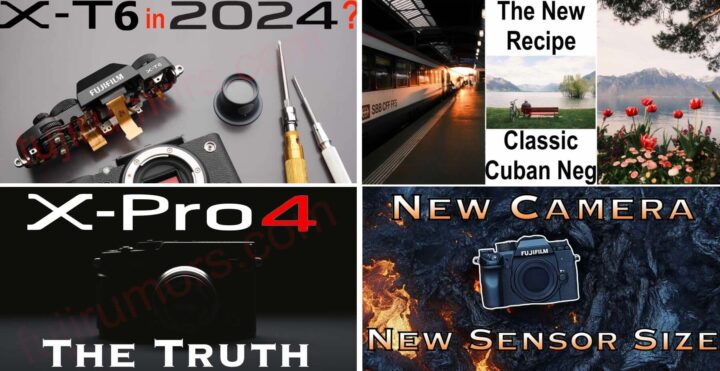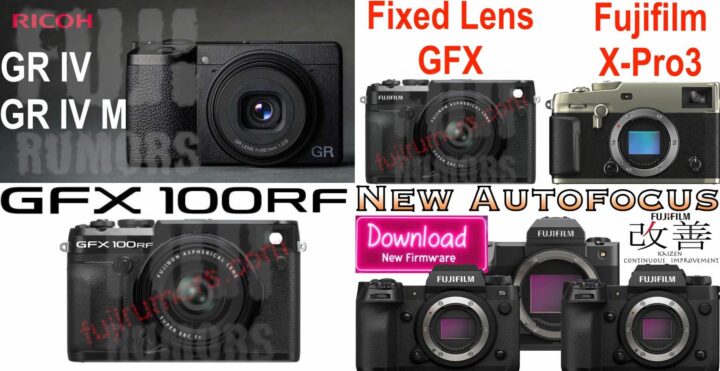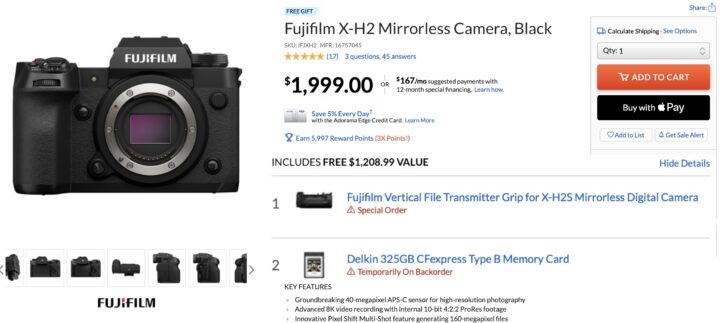Fujifilm Equipment for Wildlife Imaging: An Evolving and Compelling Choice for Serious Photography
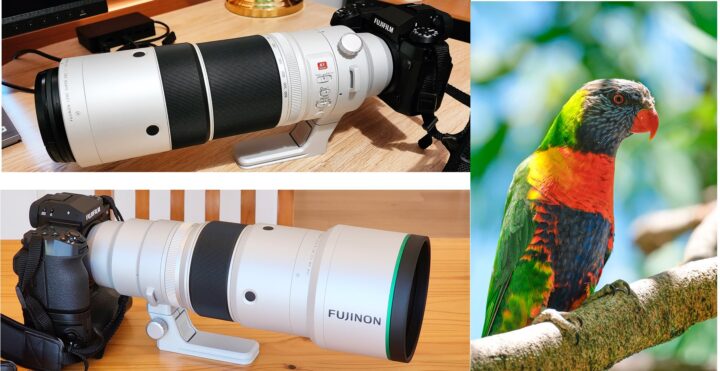
guest post by Mark Lucock
www.marklucock.com
Fujifilm Equipment for Wildlife Imaging: An Evolving and Compelling Choice for Serious Photography
My photographic journey began many years ago with Fuji’s GX617 6x17cm panoramic and GSW690 6x9cm cameras, using ISO 50 medium format 120 Velvia film. I then moved on to Canon EOS equipment for several years. However, in 2016/17 I moved back to Fuji and have been using their equipment ever since the X-T1. You can find out more about me and my photography at www.marklucock.com
Up until recently my photographic life was very straightforward, I used Fuji gear for all my landscape photography of the natural and urban worlds, but fell back to my Canon equipment for wildlife photography. The Canon 300mm, 400mm and 100-400mm f/4.5-5.6L IS USM II lenses were my staple for birding.

Photographic life for me and many others has now changed thanks to Fujifilm’s new repertoire of high-end telephoto optics, and I’m really grateful to Patrick at FujiRumors for inviting me to write this Guest Post on how Fujifilm has adapted its equipment portfolio to arm nature and wildlife photographers with some truly remarkable glass.
From the inception of the Fuji-X system, the company has succeeded in producing some really high-quality, industry leading lenses. The acid test is always how good large prints are and while Fuji-X is only APS-C format, prints can be astoundingly good and are as good as you are ever likely to need. Add to this that the X system is a small and light weight set up, unobtrusive, and unashamedly retro, and you have a winning combination. BUT, while this kind of set up is ideal for lifestyle (portraits, weddings etc), landscape, macro and certain other genres, it is quite a departure to use this system for bird photography, a genre that is associated with huge, ridiculously expensive, heavy white lenses. True, the Fujifilm XF 100-400mm f4.5-5.6 R LM OIS WR is a great lens for birding; however, it is also a big, fairly heavy lens, and 400mm (even on APS-C) can be limiting in terms of reach for smaller birds.


Everything changed for Fujifilm users who have a passion for wildlife/bird photography with the release of the Fuji X-H2 and X-H2s bodies and the Fujifilm XF 150-600mm f/5.6-8 R LM OIS WR lens followed more recently by the remarkable Fujifilm XF 500mm f/5.6 LM OIS WR lens. These four items are “manna from heaven” for serious wildlife photographers. Suddenly, Fujifilm was offering a true, fully fledged professional system that takes seriously good images. Most importantly, the pre-shot mode and electronic shutter (40 FPS) made Birds in Flight (BIF) photography reasonably simple. My aim with this article is therefore to show how these four items are a game changer for bird photographers and therefore through being a compelling choice for serious wildlife/bird photography, are in themselves a game changer for Fujifilm itself. You can read my individual reviews on the Fujifilm XF 500mm f/5.6 LM OIS WR lens and Fujifilm XF 150-600mm f/5.6-8 R LM OIS WR lens on my website.
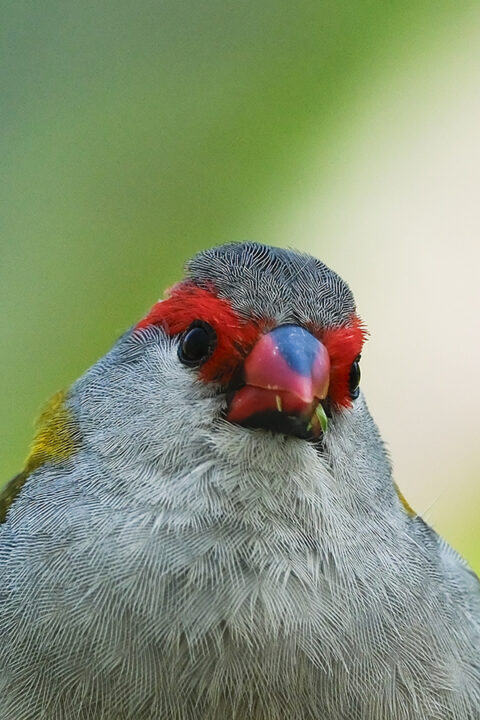
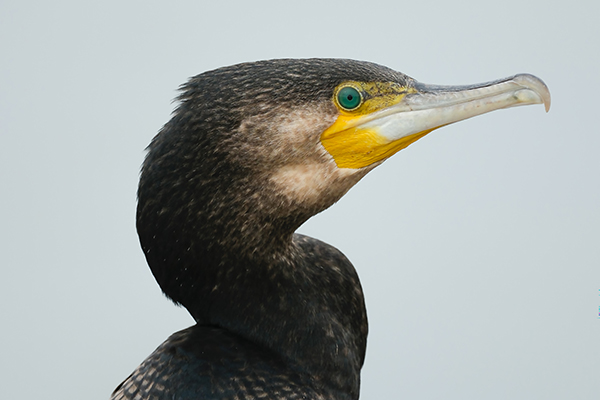
One of the main objectives of this article is to compare these two amazing Fujifilm optics- the XF 150-600mm f/5.6-8 R LM OIS WR and XF 500mm f/5.6 LM OIS WR lenses. I can imagine many people will be scratching their heads trying to decide which one they need for their particular type of photography. I have now been using both for several months and hope that I can offer some useful advice. I have already done a direct field and technical comparison of the XF 150-600mm f/5.6-8 R LM OIS WR lens with the Canon EF 100-400mm f/4.5-5.6L IS USM II lens for those that are interested, but I feel sure that the biggest appeal is likely to reside in a direct comparison of the two Fujifilm lenses.
The 150-600mm zoom statistics/observations

